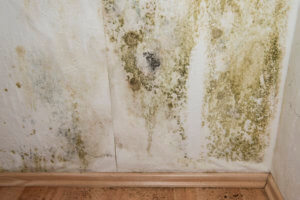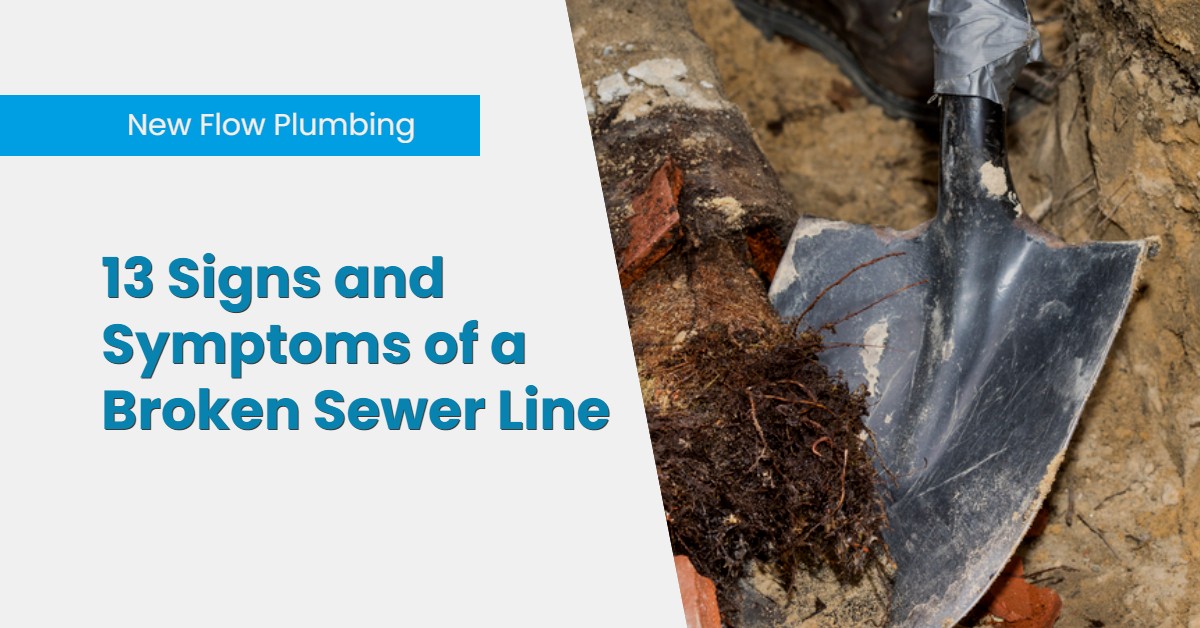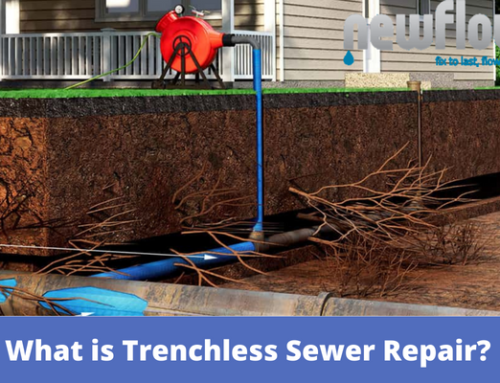Do you know the signs of a broken sewer line? If not, you should. While your home’s sewer line may be out of sight, it should never be out of mind. Damage to your sewer line could cost tens of thousands of dollars to fix. That’s why every homeowner should know the signs of a broken sewer line. If you see any of them, contact a sewer repair professional immediately for a sewer inspection.
Signs of a broken sewer line
Your pipes always seem to be clogging up
This is one of the most common signs of a broken sewer line. No matter what you do, no matter how may times you clear them, your pipes continue to clog up. If this is happening to you, you could have a broken sewer line. Contact a professional and schedule a CCTV sewer line inspection.
There’s a sewer smell in your house
You shouldn’t be able to smell anything coming from your sanitary sewer because, except for the vent stacks on the roof, they’re designed to be airtight. If you smell sewer gas, you’ve got a problem somewhere and you need to contact a sewer repair professional.
Patches of lawn look a little too good
And a little too green. A broken sewer line is basically dumping fertilizer into your lawn. All those nutrients will make any patch of grass they come into contact with look lush and green compared to the rest of the lawn.
There are moldy areas on walls, floors, and ceilings
A broken septic pipe releases moisture and moisture causes mold to grow. Therefore, if you see moldy areas on walls, floors, and ceilings it could be the result of a broken sewer line, especially if they’re accompanied by a bad smell.
Your drains are backing up all the time
If the backup is happening in one drain only, it’s probably just a problem with that particular drain. However, if all the drains in your home are backing up, you could have a broken sewer line. Frequent backups are a sign your sewer line is either deteriorating or broken. If you’re constantly clearing the blockages only to see them return, you could have a problem with tree root intrusion. Contact a sewer repair contractor for a sewer camera inspection.

You have slow drains
If your drain pipes are slow, you could have a blockage somewhere that might eventually turn into a backup problem. If you clear the clogged sewer line but the problem keeps returning, you might have a problem with tree roots. Whatever you do, don’t use chemical drain cleaners. They can corrode cast iron and PVC drain pipes. Contact a professional right away and schedule an inspection to find out what’s going on.
Your toilet is gurgling when flushed
A toilet shouldn’t be making any weird sounds. Period. If it is, this is a sign that something is going on and it could be a broken sewer line. Contact a sewer line repair contractor right away.
There’s septic waste collecting in your yard
If there’s a soggy, stinky mess going on in your yard, that’s a sign you have either a broken sewer line or a problem with your septic tank, if you have one. Often, the problem will be located right under the spot where the wastewater is collecting.
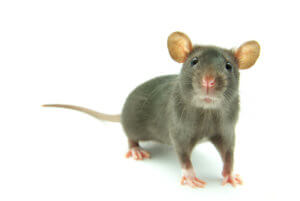
Rodents are one of the signs of a broken sewer line
Rodents are sneaky little creatures. They know their way around sewers, and are quite adept at breaking into your home via even small cracks in sewer pipes. Since rodents are disease carriers and even breathing in dust contaminated with their urine or droppings can cause life-threatening situations, you’ll want to nip this problem in the bud. Schedule a sewer line inspection right away to find out how they’re getting inside your home.
And cockroaches, too!
Like rodents, cockroaches can enter your home via cracks or breaks in your sewer line. If you’ve had an exterminator come out, but then start finding dead cockroaches all over your floor, that’s potential a sign of a broken sewer line. The cockroaches may still getting inside your home via the cracked or broken pipe, and once they do, they’re dying after coming into contact with the poison used by the exterminator. In other words, you haven’t solved the problem. Contact a sewer line repair professional and schedule an CCTV sewer inspection.

Cracks in your foundation
A broken sewer line can also lead to problems with your home’s foundation. This can happen when there’s a leak under the slab that hasn’t been repaired. Voids may form which can destabilize the foundation leading to settlement, cracks, and even sinkholes.
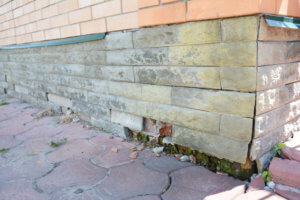
Sinking concrete slabs
Cracked or broken sewer lines can even cause problems with concrete sidewalks, driveways, patios, or any other type of walkway. This happens when the wet, soggy ground saturated by sewage causes the concrete slabs to sink and become unlevel.
Lawn indentations
In a sewage-saturated lawn caused by a broken sewer line, you will often notice sunken areas where the lawn looks slightly indented. This is similar to what’s happening with the concrete slabs.
A broken sewer line is serious business. If you’ve noticed any of the things mentioned above, contact a sewer repair contractor immediately and schedule a CCTV sewer inspection. Today, thanks to minimally-invasive trenchless sewer repair methods, most broken sewer lines can be fixed without digging up your property. There are even minimally-invasive sewer line replacement methods like pipe bursting.
How To Fix A Broken Sewer Pipe
There are three ways you can fix a broken sewer pipe.
- Pipe Lining – A unique, epoxy-impregnated liner is inserted into the old pipe and inflated. This creates a new pipe inside the old one.
- Pipe Bursting – Pipe bursting is where a new HDPE (high-density polyethylene) pipe is attached to a winch with a cone-shaped bursting head and pulled through the damaged line. The damaged pipe breaks apart as the new one takes its place.
- Traditional Trenching – Traditional trenching involves digging up your flooring and trenching through your property. The process is invasive, but it’s the only solution for pipes that have collapsed, disintegrated, or are back-pitched. Back-pitched pipes are pipes that were sloped in the wrong direction.
Read more about how to fix a broken sewer pipe.


